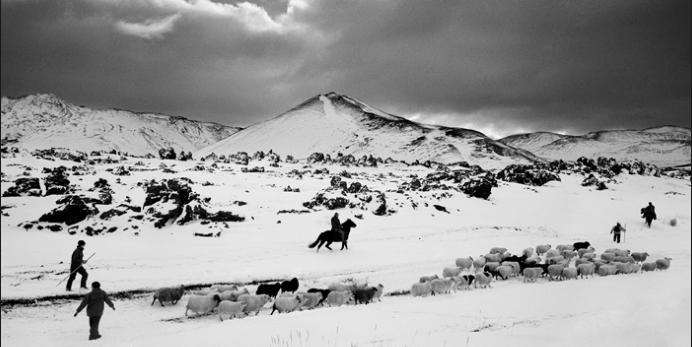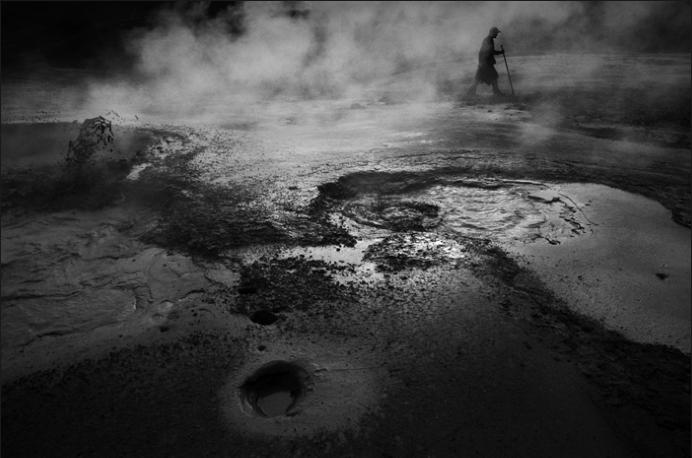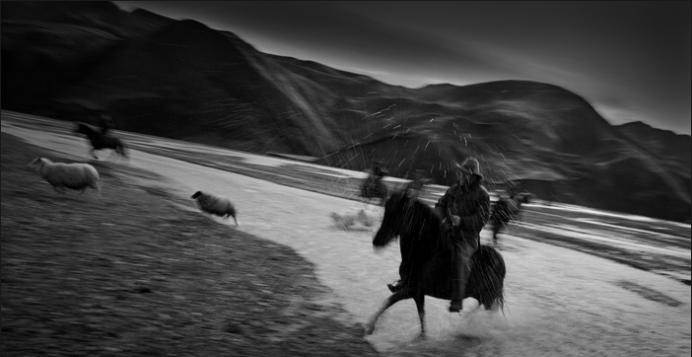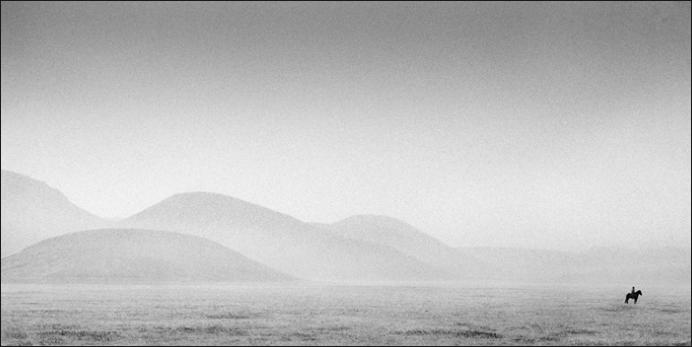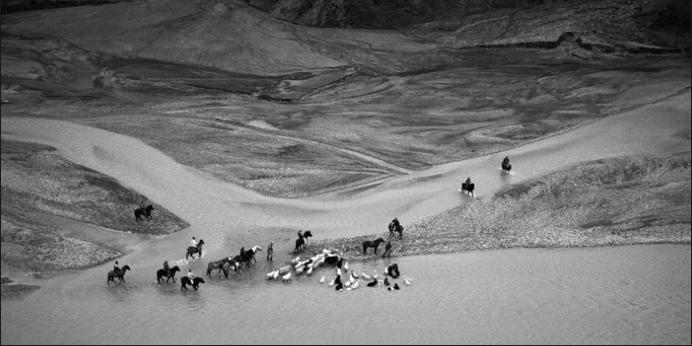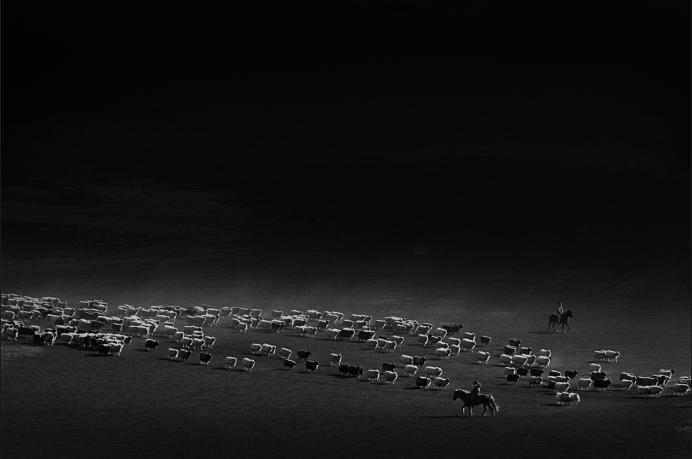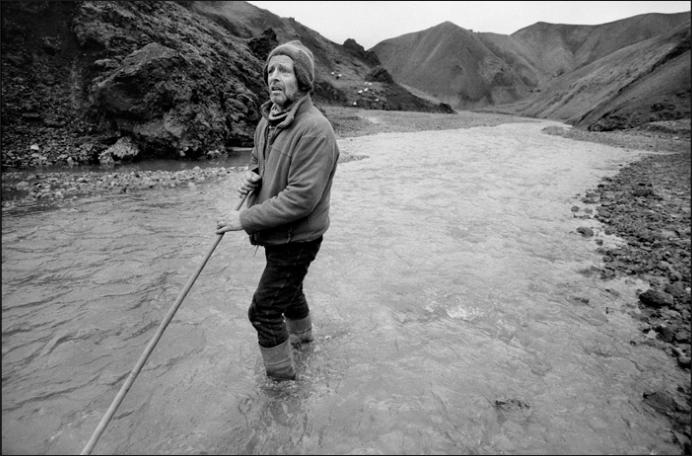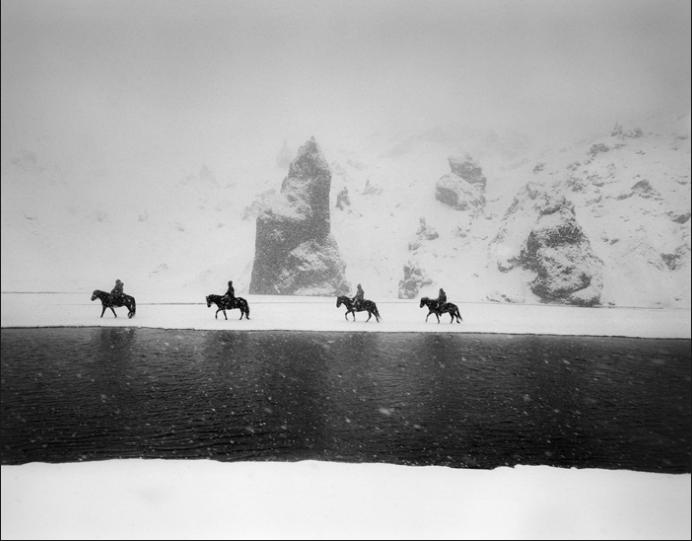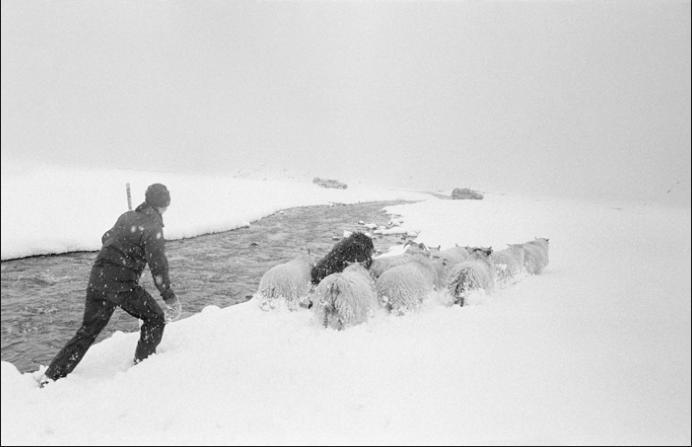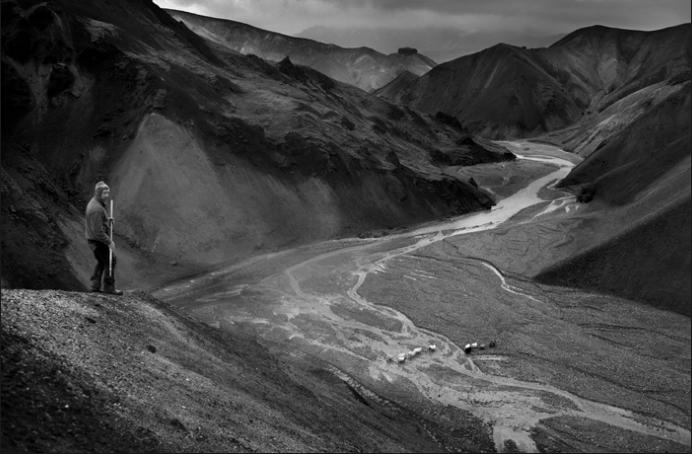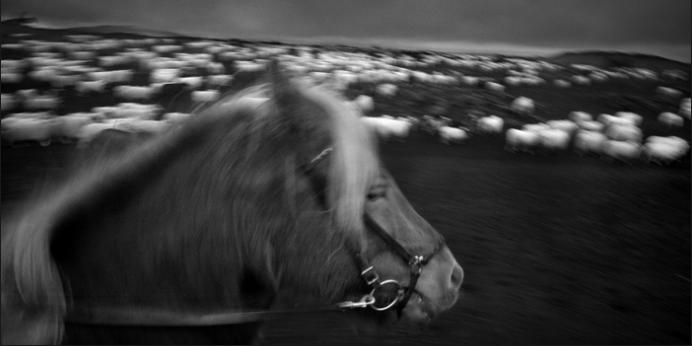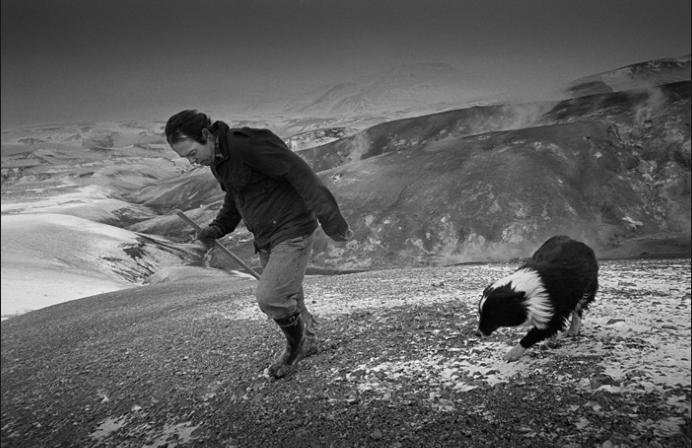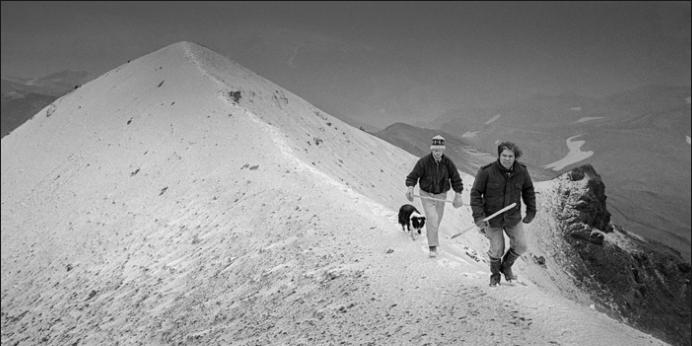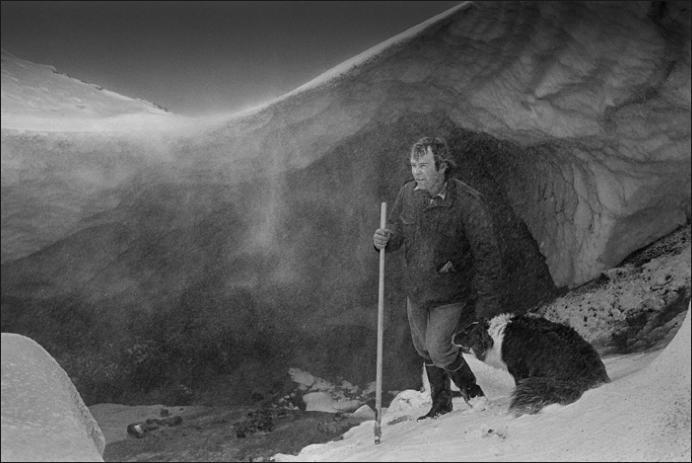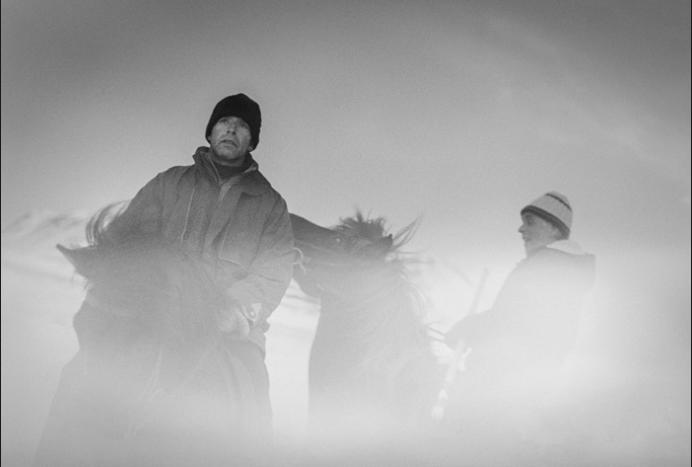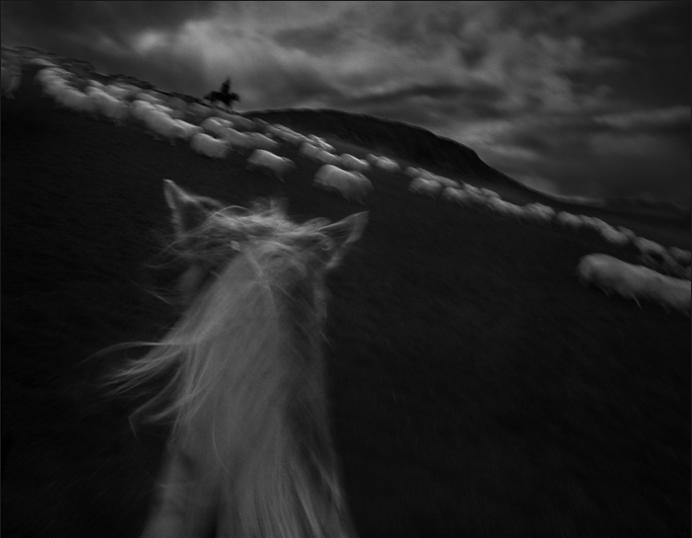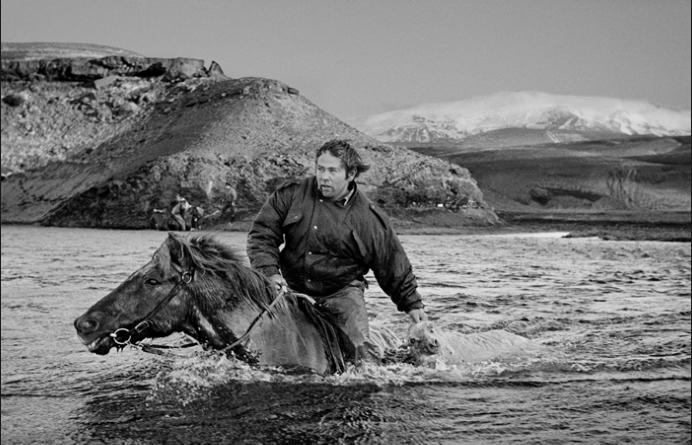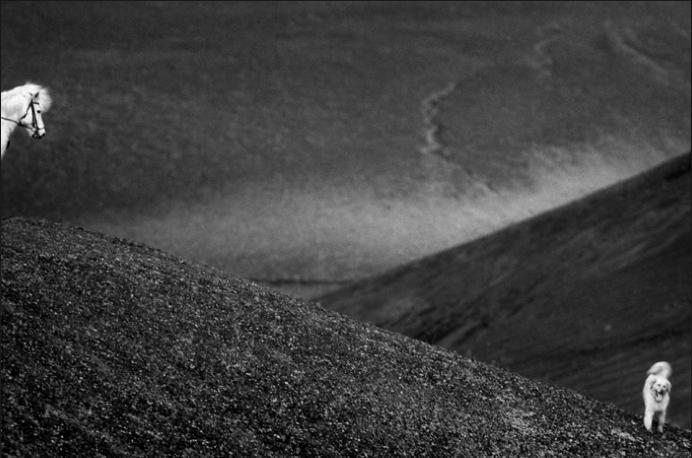













The magazine of the art-form of the photo-essay
“A free, really high quality photo-essay magazine. Fabulous!”
Stephen Fry. British actor, writer and film & documentary maker

February 2015 issue


Photographs by Ragnar Axelsson
Text by Ragnar Axelsson and Pétur Blöndal

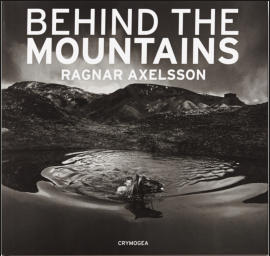
Is there life on other planets? In other galaxies? We gaze at the stars
through telescopes and survey the moon where mankind has set foot,
walked around. A rover cruises the surface of Mars, collects samples
and transmits images back to Earth. The landscape is spectacular and
bleak. But do we know what hides behind those mountains on the red
planet? Is something there? Or someone?
About a century ago the wilds of Iceland appeared as alien as Mars
does now. Had we seen it from space at that time we might have asked
ourselves the same question we ask when we glimpse the surface of
Mars. What do those mountains hide?
The beauty of these mountains and canyons is extraterrestrial. The
colors are surreal; the shapes in the rockface conjure up beasts and
trolls. Icy glacial rivers crisscross the canyons, as though choosing the
longest path to the sea. Waterfalls gurgle, some with water so hot that
steam rises up from them. Banks of snow reach down through the hills
and ridges like fingers. Over the snowpack lies a fine layer of ash from
the last eruption. And a face peers out from the landscape, but vanishes at the bat of an eye. Sunlight travels millions of
kilometers to the Earth, slips in through dark cloud cover and flits among the mountain tops. This place remains
undiscovered but for the birds in the sky. There is no memory of mankind having set foot here.
What lies behind these mountains no one knows. There was something unspoken that people feared. The story goes
that the people had once fled to this mountain land to escape a plague and didn’t return home for the whole summer.
The smoke billowing up from the country’s largest geothermic area could be from the campfires of those evacuees, or
outlaws. The earliest descriptions of Jökulgil canyon and Landmannalaugar were penned by those that came there
late in the 19th century, explorers seeking out new worlds nearly a hundred years before man reached the moon.
Landmannaafréttur lies on a rift that splits Iceland in two from the southwest to the northeast, the divide between the
North American plate and the Eurasian, as well as an active volcano zone that begins south of the rift and continues
out to sea. In the middle of Landmannaafréttur lies the Torfajökull volcano, a caldera of about 180 square kilometers,
so vast that it is difficult to determine its perimeter. Basalt is the primary type of rock in Iceland, but Torfajökull is an
exception as the country’s largest rhyolite volcano. Rhyolite lends the environs its striking character. The luminescence
of its ridges and gorges stems from the reflection of sunlight in the pale stone. Over the course of millennia the
weather, glacial erosion and geothermal heat have done their work such that the hills and valleys have taken on a s
pectrum of colors not thought possible for stone. In the turquoise slopes small shards of obsidian glisten next to
greenish stone and copper-colored earth. All the while magma is still at work underground transforming the surface.
The mark of geothermal heat can be seen throughout this panorama, from the bubbling mudpots splattering with color
and stinking of sulphur, gaping fumaroles, cool mineral springs and other natural springs warm enough to take a dip.
One week every September the stockmen of Landmannaafréttur venture out in this area to round up the sheep, who
have been grazing among three volcanoes, Iceland’s largest geothermal area and one of the most remarkable
landscapes imaginable. For one week in September the mountain land fills with shouts, and cries, bleats and neighs,
just before winter blows in and the hills are again left in peace.
